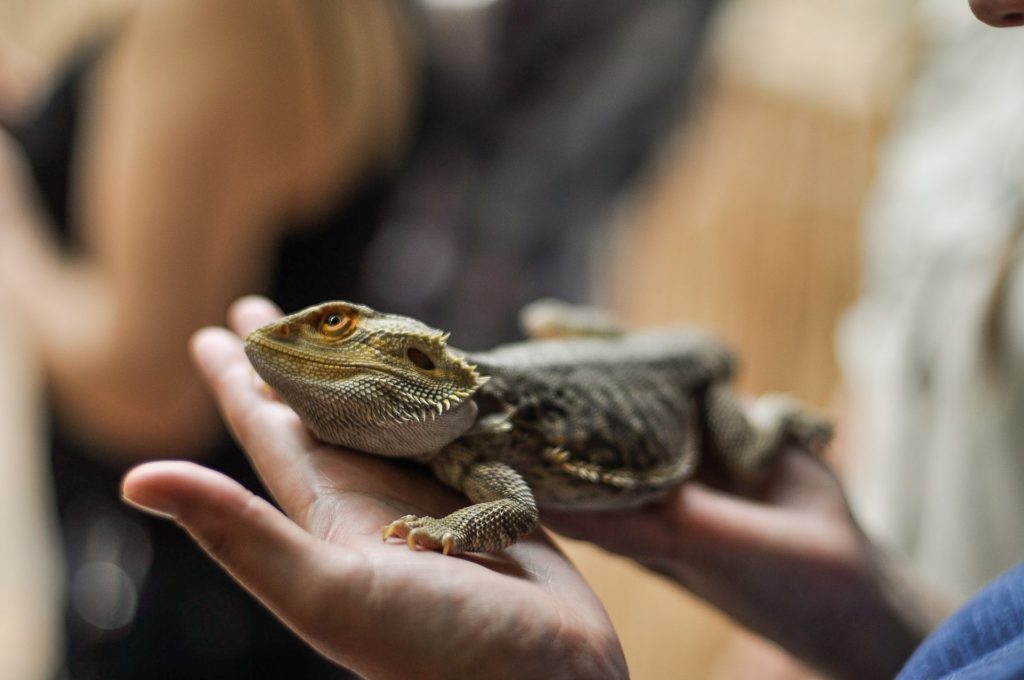Not long ago, I had the most surreal dream featuring weird creatures (material worthy of a J.K. Rowling book right here), including a bizarre turtle without a shell. O_O
Why bizarre? Well, I know many people have asked about this, and if you own a turtle, there’s a chance you have wondered if a turtle without the shell exists, too.
There is a reason all living turtles have a shell: they evolved one, and now they can’t survive without it.
But why?
The shell is more than a turtle’s replaceable “home.” It’s an extremely important structure that is part of the turtle itself and has several functions that we’ll see next.
So keep on reading to find them out!
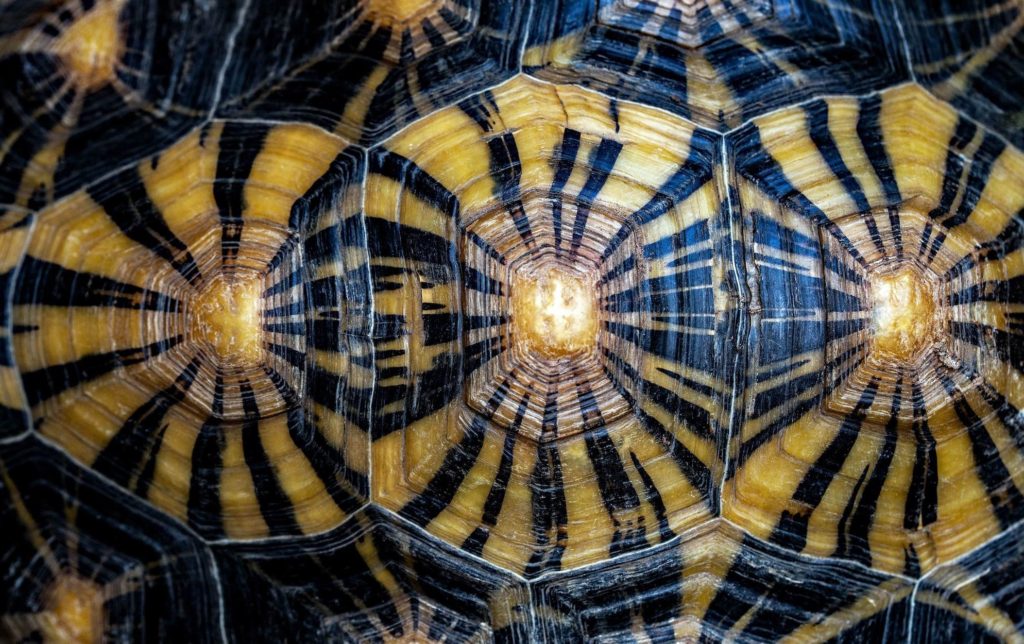
Don’t have time to read the full post? Go straight to:
Can A Turtle Survive Without A Shell?
The answer is “no.”
In turtles, the shell is part of their bodies.
We’ll cover a little more about this below, but the spine and ribs constitutes the shell frame on the top part, with a thin layer of skin covering it.
Since this whole structure is made of living cells, it has blood and nerves underneath.
All of which are vital, as in any other vertebrates (aka, animals with the vertebral column).
The spinal cord that runs inside the vertebrae provides a connection between the brain and the rest of the body, distributing the nerves and allowing body functionality. The ribs protect vital organs, such as the heart and lungs.
That’s why a turtle cannot slip on and off the shell, as we do when changing clothes.
So yes, trying to get a turtle out of its shell will kill them. Do them a favor, and please don’t try it!
What’s The Structure Of Turtles’ Shell?
Two parts form the shell:
- The Carapace (the top part or “back”)
- The Plastron (the bottom part, or “belly”)
1. Carapace
The carapace is made out of 50-60 dermal bones, and ribs that have expanded, flattened and fused to them. The backbone is also fusion, although not as much as the ribs.
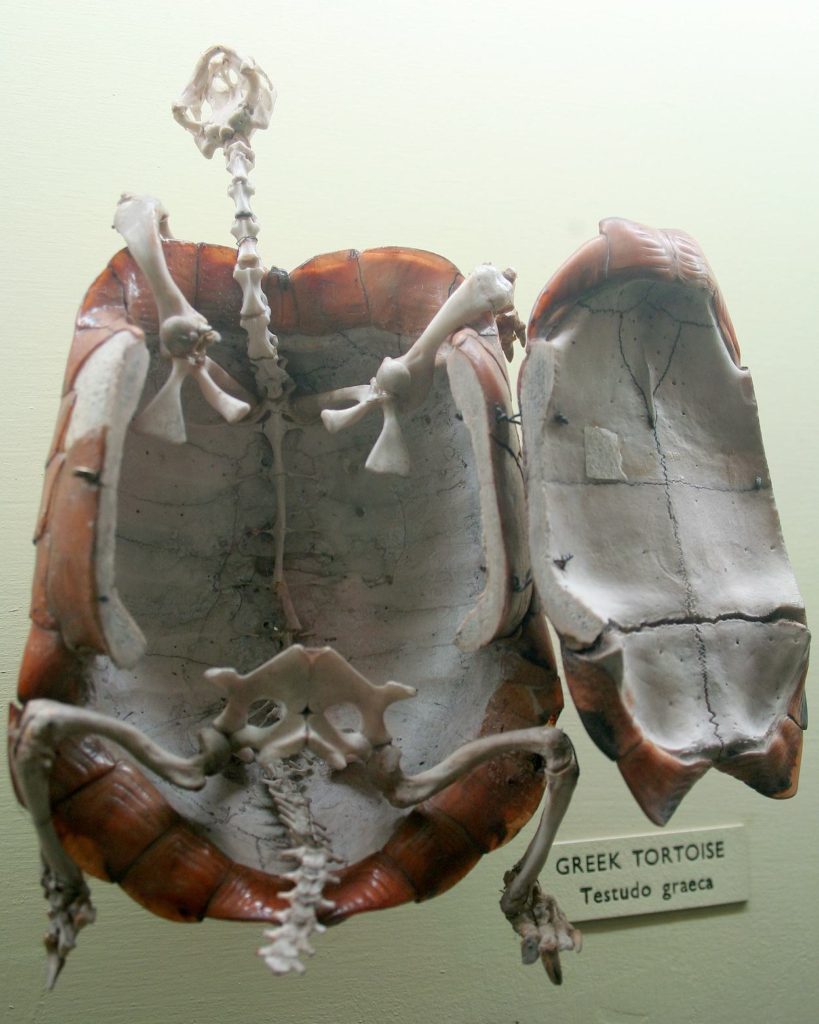
The shell can have different shapes according to the species, and habitat.
For example, tortoises, which are land-dwelling animals, have a rounded shell.
This reduces the chances of being crushed by a larger animal.
Whereas turtles, that spend most of the time swimming, have hydrodynamic flattened shells that provide less friction in the water, give them stability in the water, and help them swim faster.
It doesn’t matter where they live, the carapace inner structure remains the same.
External to the carapace and as part of the skin, there are the scutes.
These are keratin plates, the same protein that forms our hair and nails, as well as other animals’ horns!
The hardness of the scutes gives an extra layer of protection to the shell, especially from scrapes and bruises.
However, in some freshwater species such as the softshell turtles, and the leatherback sea turtle, the scutes are nowhere around (nor is the keratin), which leaves the shell covered only by a leather-like skin.
The dermal bones almost left the shell, too!
The scutes are shed during most of a turtle’s life, in no particular order, but this is not the case on the tortoises.
They grow new scutes by adding keratin layers at the base of the visible outer scutes, which will be understandably worn off as time goes by.
As you might have imagined, the carapace provides great protection to these animals, enclosing all the vital organs, and being strong enough to protect turtles from their predators.
2. Plastron
The plastron is what we see as the turtle’s belly. As cute as this sounds, it has the very important function of protecting our shelled friends’ organs from below.
It is formed during embryo development, and its structure are bones of the shoulder girdle (that in humans is formed by the clavicles and shoulder blades), sternum, and abdominal ribs.
The plastron extends up, forming the bridges that connect with the carapace, and that we can see in the sides of their body.
The bridge then protects the turtle’s body on the sides and keeps the plastron and carapace fused.
The plastron not only protects, but in certain cases, it can be very useful to identify turtles’ species, especially in fossils.
Also, in some species is concave, which is critical during mating because the convex carapace of females fits into the plastron concavity of males.
It also provides a broad surface that helps tortoises to dig in the mud during the brumation period (similar to hibernation, but with different metabolic processes involved), when these animals hide in an underground tunnel and lower their metabolism until temperatures are warm again.
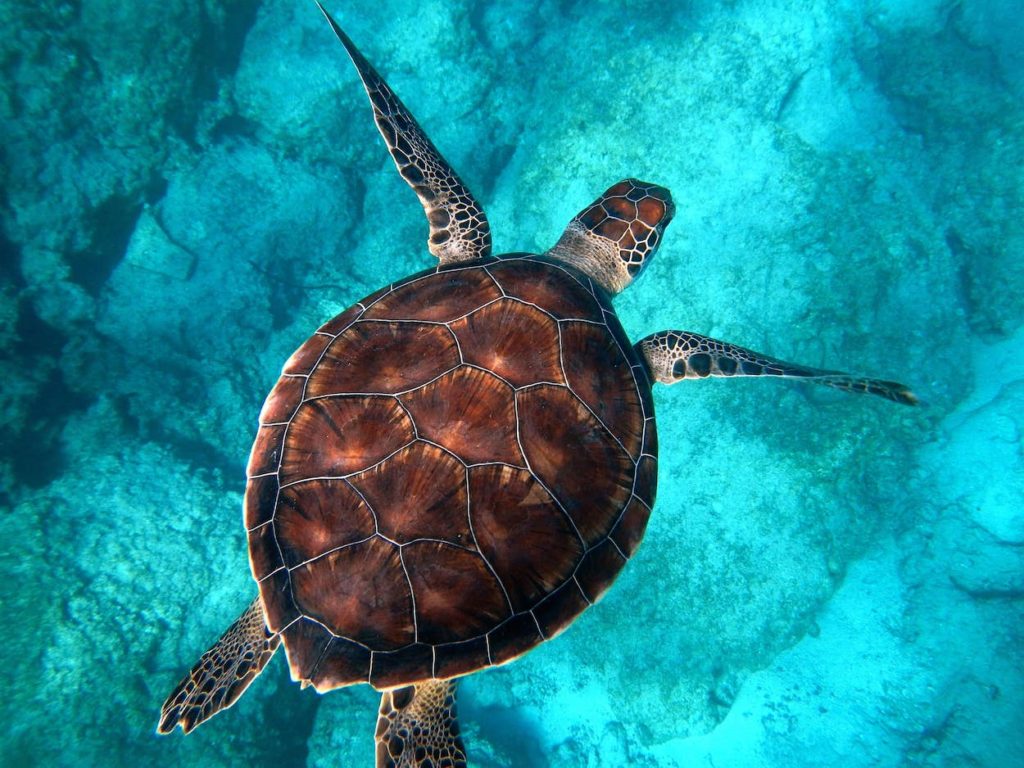
What Are The Turtle’s Shell Functions?
We’ve been mentioning before, but let’s sum up the shell functions right here:
1. It’s Part Of Their Skeleton And Skin
As you have read, the shell is part of the turtles’ skeleton. The ribs and backbone are total and partially fused (respectively) to the dermal bones that form the carapace.
This feature makes turtles’ bodies unique since they’re the only animals with shells that have their vertebral column and rib cage fused to it, unlike armadillos, for example.
Not only that, but the shell has skin and nerve endings all over it, so a cut or injury can get infected and will be painful and dangerous to the turtle’s health!
The nerves’ ending of the shell also means that your turtle will be able to feel if you touch its shell, so go ahead and pet your turtle as much as you want.
They will feel your love.
So basically, turtles without a shell would not have their rib cage, spine, and all the bones of the dorsal (back) side of their bodies.
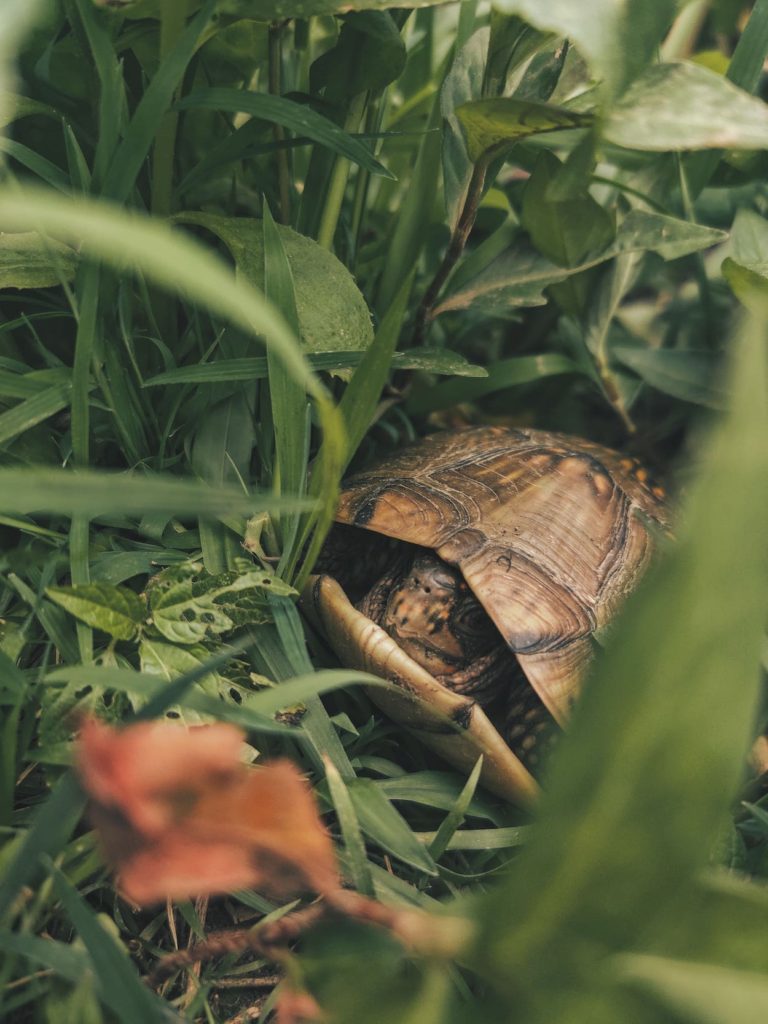
2. It’s A Great Defense Mechanism
The shell is doubtless one fine armor, and the scutes just add extra protection for our buddies.
It came along early in this group’s evolution, and although it definitely affected speed in the land and, hence, quickly escaping from predators, its strength gives turtles a fine way to resist their attempts at eating them.
It’s so hard, that one of the natural predators of turtles, crocodiles, has reportedly failed to crack the shell, and they have one of the most powerful bites on the planet!
Of course, the attempts at eating a turtle are not always unsuccessful, and predators, such as the raccoon, attack the legs and head.
Some snakes can swallow whole individuals. And even the shell cracks with the right pressure and angle.
Hawks and eagles, for example, will carry small or medium-sized turtles up in the sky and let them fall, so the shell will crack, and they can have access to…everything inside.
Yikes!
So our poor turtles are not 100% safe, but that’s nature. Overall, the shell gives predators a hard time when trying to prey upon turtles.
Additionally, it gives them protection when they dig and burrow themselves if the climatic conditions are harsh, the process we mentioned earlier, brumation.
So we can safely say that a shell-less turtle wouldn’t have any chance to live.
3. Serves As Camouflage
If you have visited the turtles’ section in a zoo, or have had the opportunity to spot them in the wild, you probably noticed how well they blend into their environment.
They look like rocks!
The shell’s color and texture are responsible for this camouflage effect, and this is another survival mechanism that gives turtles more time among the living.
4. It’s Vital For Vitamin D Synthesis
The skin covering the shell absorbs UV rays, vital for the synthesis of vitamin D through a cool biochemical process.
(Can we take a pause here to say how nerdy that just sounded? We just couldn’t help it!)
Vitamin D plays a major role in Calcium production, which is extremely important for bone integrity, among other processes. This also occurs in humans, by the way.
So the shell’s surface is critical for maintaining appropriate Calcium levels in the organism, which prevents metabolic bone disease.
This means, no painting the shell, folks!
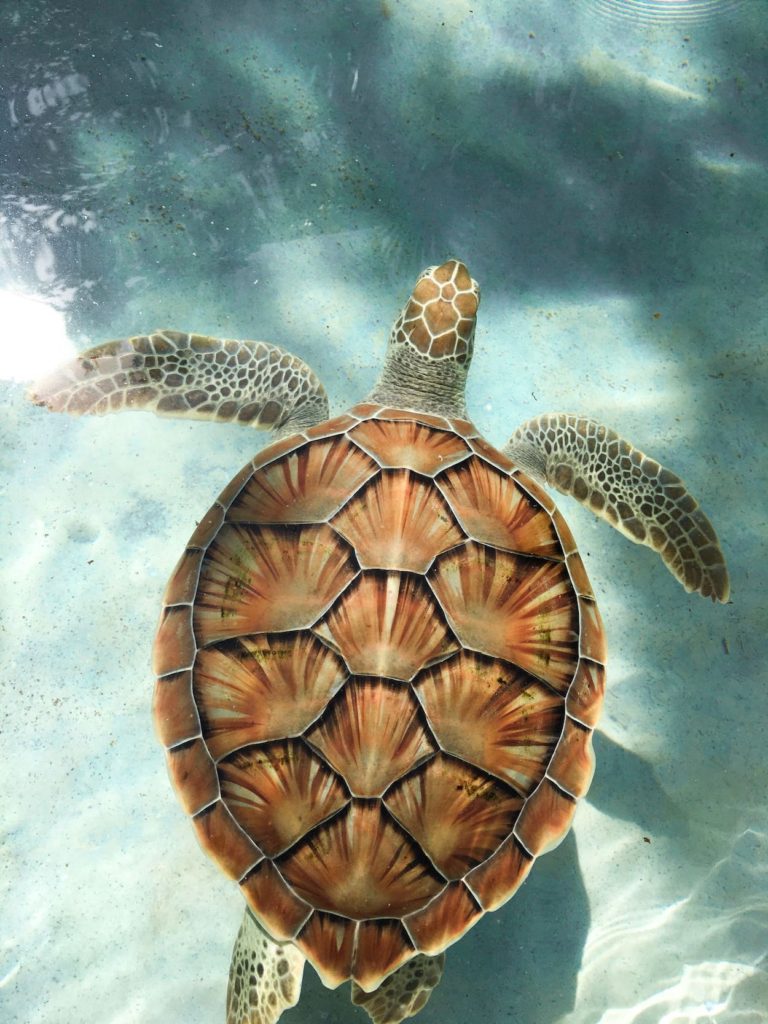
What Happens If A Turtle Loses Its Shell?
At this point, we can safely say having a turtle’s shell removed will kill the animal. They would die, since the shell, it’s a part of their body, and an essential one, at that.
So no, turtles cannot leave their “home”.
FAQ
Is There Any Turtle Without A Shell?
A turtle without the shell may be born as a consequence of a fatal genetic mutation, yes. Of course, the little one would be dead since essential body parts would be missing.
The turtles’ evolution is still under study, and there is insufficient fossil material to give a full, conclusive answer to how the shell appeared millions of years ago.
However, several theories regarding the evolution of turtles show that the earlier ancestors of turtles were shell-less and more lizard-like.
In embryo development, the shell in turtles is beginning to form by the rib’s broadening, which was what scientists believe happened millions of years ago.
Turtles’ ancestors had broad ribs (and other characteristics) that allowed them to dig in the ground. However, broader ribs meant slower movements and fewer chances of quickly escaping from predators.
The shell appeared then and provided protection, a successful evolutionary trait that made turtles survive until today.
The appearance of various fossils over time, supports this theory.
In 2018, scientists found in China the oldest turtle’s fossil found until today, the 228 million years old Eorhynchochelys sinensis, a turtle’s ancestor which didn’t have a shell.
A younger ancestor, 200 million years old Odontochelys semitestacae didn’t have a full shell, but it did have a fully formed plastron that protected the underside, the same function it has today.
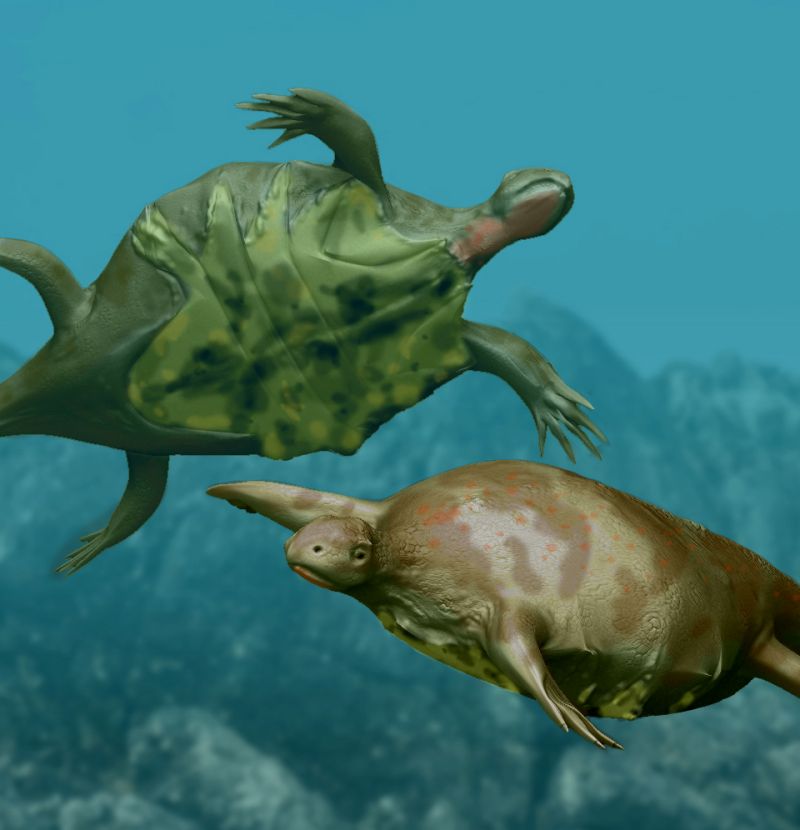
Do Turtle’s Shells Grow Back?
If the shell suffers a minor injury, it can grow back, the same way our bones grow after a fracture.
However, even if the injury is small, it has to be treated by a veterinarian, since cracks in the shell are an open door to bacteria, fungus, or viruses. These cause infections that can be lethal.
Of course, if the crack is too big, the animal won’t survive.
Are Turtles Born With Their Shell?
Yes! The little turtles come straight out of their eggs with their shell, since this structure forms during the embryo’s development.
In this stage, the ribs grow sideways into a structure called carapacial ridge, which is exclusive to turtles and initiates the shell’s formation.
Final Thoughts
Now you know that a turtle without a shell cannot live. The shell is simply another part of their bodies, with several bones merged into it, and that it also has nerves and skin.
It’s not only part of the turtle’s skeleton but also provides protection, allows them to blend into their environment (which increases the chances of not being seen by predators), and has a major role in vitamin D synthesis.
Although it remains unknown the exact time the turtles’ shells appeared during the evolution of this group, we scientists now know at least the plastron came up pretty early, about 220 million years ago!
Turtles can grow their shell back if it has a minor injury, but if the crack is too big, it will be lethal, and even if it’s minor, a wound can lead to infection.
We hope this post settled your questions about whether turtles without shells can survive (and hopefully you won’t have weird dreams about them).
Were you surprised to find out how vital, for turtles, the shell is? Let us know in the comments below!
A total nerd since the beginnings of my life, I always had a thing for nature and found fascinating all kinds of living beings (yes, even fungus).
Reptiles became my passion and research subject in college, and I love to ramble about them to anyone interested in listening. Oh, I’m also a Copywriter!
Check the About us page to learn more about me. Keep on herping! 🙂

